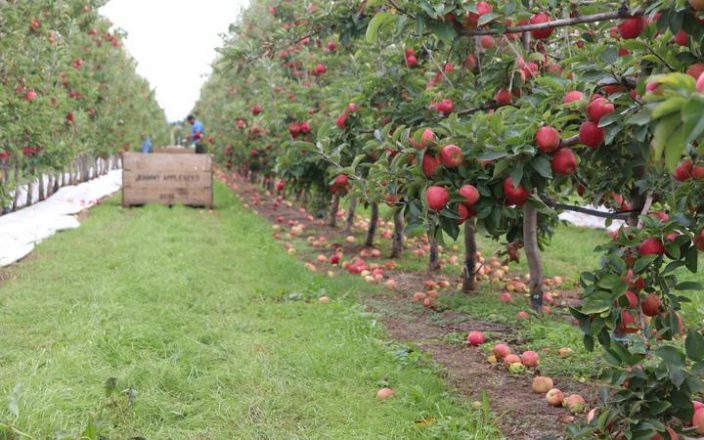농업금융전문가인 Rabobank가 최근 발표한 보고서에 따르면 세계적으로 심각한 혼란에도 불구하고 뉴질랜드 농업 생산자들은 2022년에 또 다른 수익성 있는 해를 맞이할 것이라고 한다.
보고서는 2021년 뉴질랜드에서 생산되는 대부분의 농산품에서 현지 원가를 기록되었다고 밝혔다. 뉴질랜드 농업 부문은 전 세계적인 팬데믹에도 불구하고 불규칙한 공급망을 잘 헤쳐나가고 무역 흐름을 잘 유지하였다. 특히 중국과의 무역 관계는 여전히 견고했다.
다양한 기회
뉴질랜드는 앞으로 1년 동안 세계 농업 시장에서 좋은 위치를 선점할 것으로 보인다. 남미, 미국 서부 및 유럽 일부 지역에서 발생하는 악천후로 인해 줄어든 농산물 생산량과 이와 비례해 높아지는 가격 등으로 경쟁국들의 생산 전망이 불투명하기 때문이다.
주요 농산물의 전세계적인 생산 하락은 뉴질랜드 농산물의 수요를 담보하며 가격 또한 좋을 것으로 보인다.
예견되는 위험
그러나 농업 부문에 대한 위험도 높아질 것이라고 보고서는 밝혔다. 특히 코로나와 중국 경제가 계속 큰 폭으로 부상하는 반면 치솟는 인플레이션과 계속되는 공급망 문제가 대두될 것이라고 예측했다.
화물 운송의 어려움과 높은 인플레이션으로 인한 공급망은 2022년에도 계속 “골칫거리”가 될 것으로 보인다.
더 많은 변화와 불확실성
환경 지속가능성 분야에서 규제가 지속적으로 늘어나고 있어 2022년에도 불확실성이 더 높아질 것으로 예상된다. 주요 이슈는 농업의 배출가스 배출 방법에 대한 결정과 정부의 배출가스 예산 공개 등이다.
2022년 원자재 전망
- 유제품: 전세계적인 공급 부족으로 인해 원자재 가격을 확실히 보장하지만 인플레이션 비용 압력으로 인해 가격 상승률의 일부를 상쇄시킬 것으로 예상
- 쇠고기: 전세계 쇠고기 공급이 제한되고 중국과 미국의 강력한 수요로 인해 2022년 쇠고기 가격이 지난 5년 동안의 평균 가격 이상으로 상승할 것으로 전망
- 양고기: 전세계적인 양고기 수요 증가가 예상됨에도 불구하고 특히 중국의 꾸준한 수요로 인해 원가 상승
- 사슴 고기: 유럽과 미국에서 식품 서비스가 재개되면서 2022년에도 계속 회복세를 탈 것으로 보이며, 생산가는 2021-22년에 둔화하다가 2022-23년으로 오를 것으로 전망
- 원예: 키위에 대한 생산가 수익률은 2022년에도 수요 호조에 힘입어 상승세를 유지함과 동시에 인허가 영역과 입찰 과정에 대한 상당한 변화 예상




























































